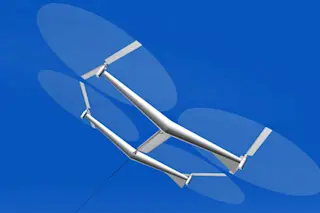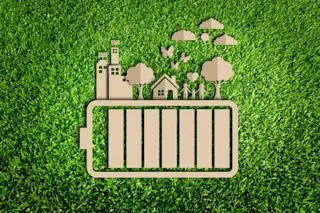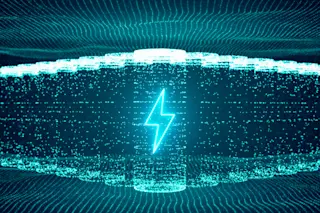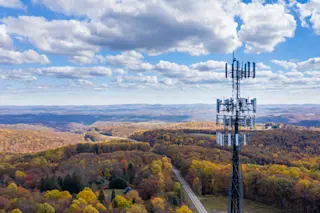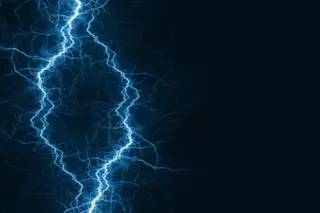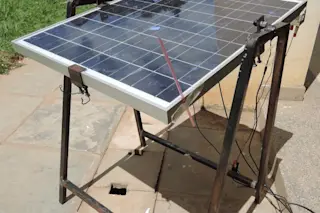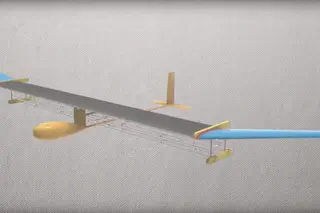Wind power has long been touted as a major energy resource, but for decades no one knew how much energy it could actually yield. Then three years ago Stanford University atmospheric scientists Cristina Archer and Mark Jacobson did a detailed calculation based on known patterns of air motion. Using a conservative approach, they counted only the energy that could be generated from winds blowing over land at an altitude of 80 meters, the approximate height of a typical modern wind turbine. Under perfect conditions, the total would be 72 trillion watts.
It is a handsome quantity. In 2007 the entire electrical generating capacity of the United States was just a bit more than 1 trillion watts. But Archer realized that this number barely hints at the potential. Wind speed rises with altitude, and available power rises at the cube of wind speed. This means that 72 trillion watts is a ...


